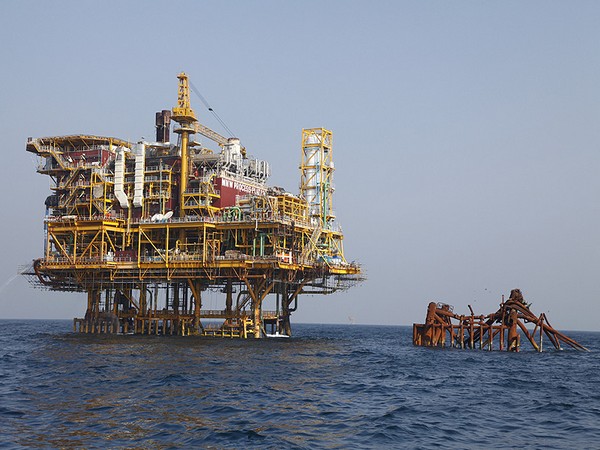
New Delhi [India], March 21 (ANI): Even with the fresh round of U.S. sanctions introduced in January, Russian oil exports continue to operate mostly unchanged and have stayed relatively steady, as per HSBC Global Research.
The report states, "Despite the new US sanctions announced in January, Russian exports have largely proceeded as usual."
The primary factor driving potential increases in crude oil prices is disruption of supplies, since most sanction-related information until now has mostly amounted to distractions without significant impact. Initiatives by countries like India, China, and Russia to reinstate trading connections have assisted in reducing these interruptions, indicating that such supply issues might only be short-lived.
Recently, oil prices have dropped, settling at approximately $70 per barrel, due to robust global supplies and economic worries putting pressure on the market.
Experts anticipate that Brent crude prices will average $73 per barrel in 2025 and drop slightly to $70 per barrel in 2026. This downward trend could persist due to robust supply alongside sluggish demand expansion.
Present market circumstances indicate that the risks lean towards the negative side. Should global economic activities decelerate even more—especially as a result of US tariffs—it might lead to reduced demand for oil, causing prices to drop.
While OPEC + Has the capability to restrict price hikes by using its excess capacity; however, there is no corresponding mechanism to prop up prices when they fall.
Should Brent crude prices fall into the $60-to-$70 range per barrel, OPEC It might reassess its choice and halt the reduction of production cuts. Nevertheless, for the moment, supplies remain abundant, and there haven’t been significant interruptions to offset the bearish impact on pricing.
Furthermore, production from other oil-exporting countries has risen, adding to the overall stability of global supplies. Some nations have exceeded their allocated output limits, leading to overproduction. OPEC Countries such as Kazakhstan, the UAE, Venezuela, and Libya have contributed an estimated 0.4 to 0.5 million barrels per day (mbd) to the global oil supply in February.
Should the Iraq-Türkiye pipeline resume operations, it has the potential to increase global supplies by an additional 0.4 million barrels per day.
Although certain supply risks persist—like possible interruptions from Venezuela or Iran—the majority of sanction-induced worries have not significantly affected the market.
Should global economic circumstances deteriorate further, the oil market might experience an increased oversupply, resulting in more downward pressure on prices.
The HSBC report indicated, "We feel that the potential for negative outcomes is disproportionately higher within the present market conditions. Positively speaking, price increases continue to be limited." OPEC + unused capacity. There isn’t an analogous system to support the negative aspect—quite the contrary, as OPEC + aims to restore instead of cutting off supplies."
The report indicates that prices might decrease should global trade and economic actions weaken, largely because of US tariffs. In case Brent drops to around USD 60 per barrel, we wouldn’t dismiss this possibility. OPEC By halting the unraveling of its output, it reduces.
Consequently, the oil market is anticipated to experience a modest excess of 0.2 million barrels per day (mbd) in 2025. This surplus is forecasted to increase substantially in 2026, possibly surpassing 1 mbd subject to certain conditions. OPEC It proceeds with its scheduled production expansions. (ANI)

No comments:
Post a Comment